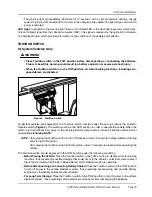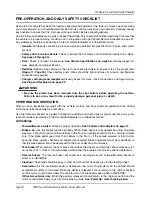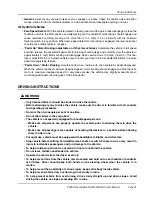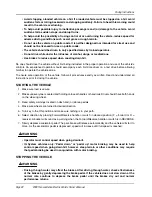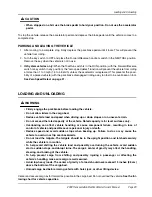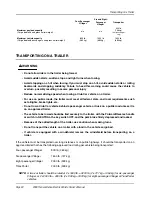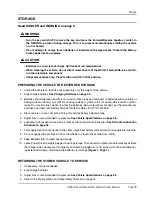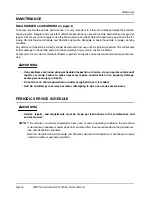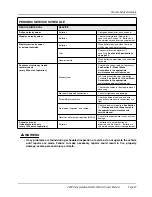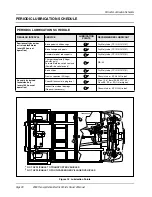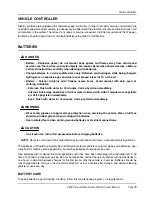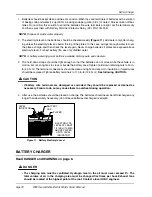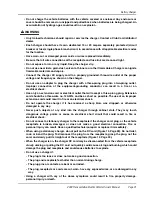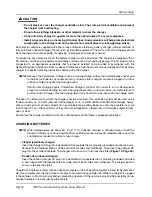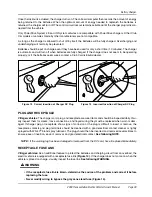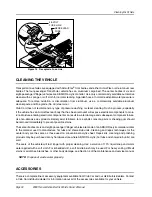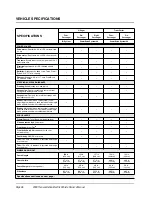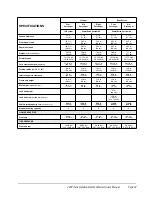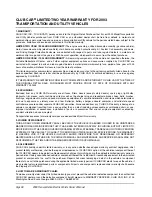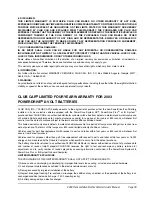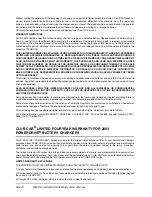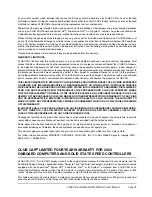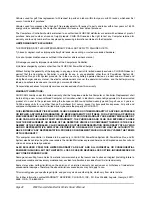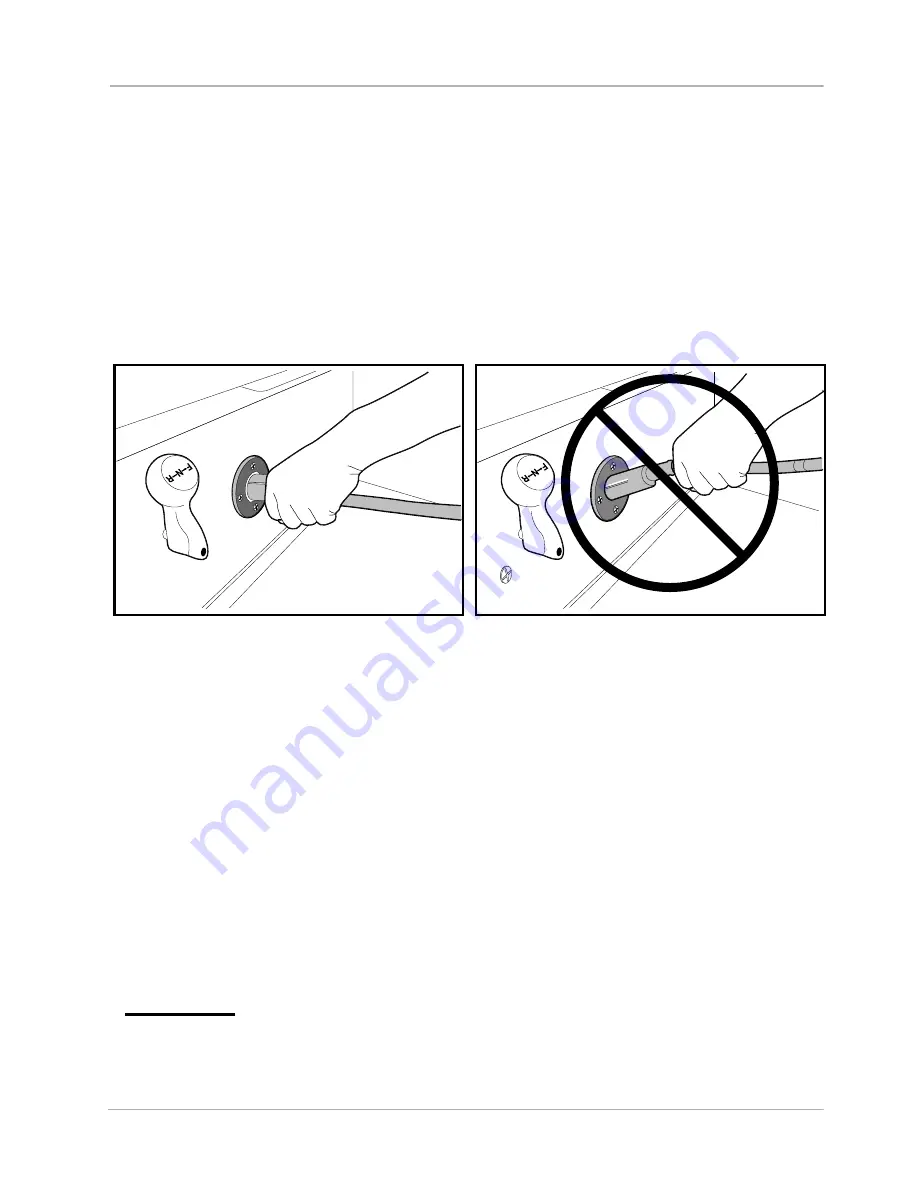
Battery Charger
2003 Transportation Electric Vehicle Owner’s Manual
Page 33
Once the lockout is actuated, the charger turns on. The onboard computer then records the amount of energy
being returned to the batteries. When the optimum amount of energy needed to replenish the batteries is
returned, the charger will turn off. The control circuit lockout remains activated until the charger plug is discon-
nected from the vehicle.
Only PowerDrive System 48 and IQ System vehicles are compatible with PowerDrive chargers. Other Club
Car models or vehicles made by other manufacturers are not compatible.
As long as the charger is allowed to shut off by itself, the batteries will be fully charged. Overcharging and
undercharging will normally be prevented.
Batteries should be put on charge even if they have been used for only a short time (10 minutes). The charger
is automatic and will turn off when batteries are fully charged. If the charger does not seem to be operating
properly, or if the batteries seem weak, contact a Club Car distributor/dealer.
PLUG AND RECEPTACLE
Villager vehicles: The charger cord, plug, and receptacle are wear items and should be inspected daily. Visu-
ally inspect them for cracks, loose connections, and frayed wiring; they must be replaced when worn or dam-
aged. If charger plug or receptacle show signs of corrosion or the plug is difficult to insert or remove, the
receptacle contacts and plug terminals should be cleaned with a good electrical contact cleaner or lightly
sprayed with WD-40
®
brand spray lubricant. The plug should then be inserted and removed several times to
ensure ease of insertion, ease of removal, and good electrical contact. See following NOTE.
NOTE: If the warning tag has been damaged or removed from the DC cord, have it replaced immediately.
RECEPTACLE FUSE LINK
Villager vehicles: As an additional feature to protect the batteries and charging circuit from an overload, the
electric vehicle is equipped with a receptacle fuse link (Figure 14). If the charger does not come on when the
vehicle is placed on charge, visually inspect the fuse link. See following WARNING.
∆
WARNING
• If the receptacle fuse link is blown, determine the source of the problem and correct it before
replacing the fuse.
• Never modify wiring to bypass the gray sense lead fuse (Figure 14).
Figure 12 Correct Insertion of Charger DC Plug
Figure 13 Incorrect Insertion of Charger DC Plug
Summary of Contents for TransPorter
Page 1: ...2003 Owner s Manual Electric Vehicles Villager TransPorter...
Page 2: ......
Page 4: ...Page 2 2003 Transportation Electric Vehicle Owner s Manual...
Page 45: ...2003 Transportation Electric Vehicle Owner s Manual...
Page 46: ......
Page 47: ......

